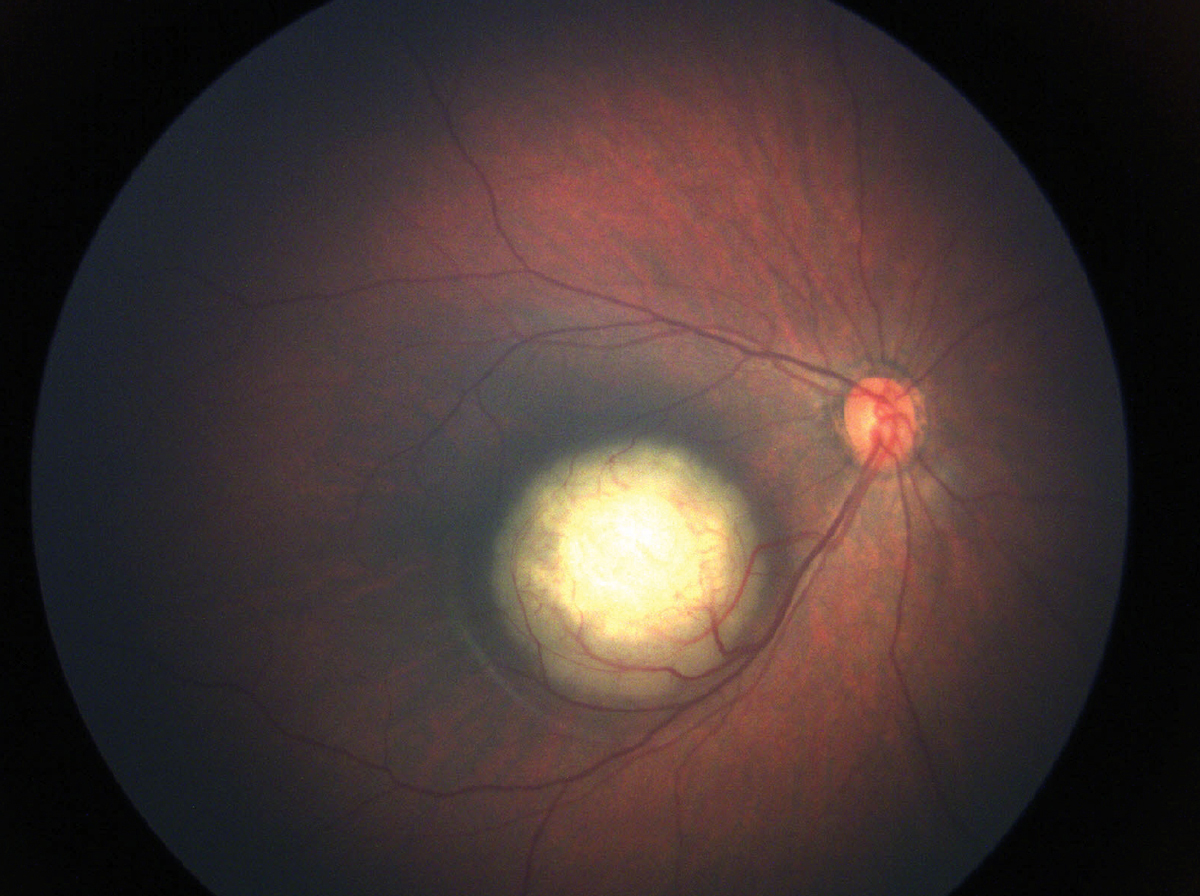 |
| In low-income countries, retinoblastoma was most likely to present with external disease. Risk of death was three times higher than in high-income countries. High-income countries also had a three-times greater chance of saving the eye. Photo: Julia Canestraro, OD. Click image to enlarge. |
Around the world, health outcomes often depend on the wealth of a nation. Treatment of retinoblastoma, a common primary pediatric ocular cancer, requires early diagnosis and treatment to preserve vision and save the eye. More advanced disease usually requires chemotherapy but enucleation is unfortunately often needed. Studies have shown significant outcome disparities between high- and low-income countries. Recently, the Global Retinoblastoma Study Group published their subanalysis of health outcomes in children from various countries in the Americas in the American Journal of Ophthalmology. Their study confirmed economic-based differences in treatment outcomes.
A total of 491 treatment-naïve retinoblastoma patients at 57 treatment centers in 23 countries were included in the analysis. The researchers categorized countries based on income levels: low (1.6% of patients), lower-middle (11.8% of patients), upper-middle (47.9% of patients) and high (38.7% of patients). Disease severity at diagnosis was defined using American Joint Committee on Cancer staging (cT1 to cT4).
They reported that the three-year survival rates in low-income countries were 60% compared with 99.2% in high-income countries. Patients older than four years were less likely to die, while patients with more advanced tumors and females (vs. males) were more likely to die. The three-year globe salvage rates were 13.3% in lower-middle-income countries and 46.2% in high-income countries.
Additionally, the researchers found that at three years, 70.1% of cT1 eyes compared with 8.9% of cT3 eyes were salvaged. Advanced tumor stage was significantly associated with higher risk of enucleation. Enucleation was the most frequent treatment for retinoblastoma.
Overall, the researchers concluded that major health inequities exist for retinoblastoma patients depending on where they live. The subanalysis of the Americas reflected the findings from the global study, though only in this study did the researchers find that females with retinoblastoma are two times more likely to die than males. “Our study reinforces the importance of international support in building high-quality childhood cancer programs for lower income American countries to ensure early diagnosis and treatment,” the researchers wrote in their paper.
Berry JL, Pike S, Rajagopalan A, et al. on behalf of the Global Retinoblastoma Study Group. Retinoblastoma outcomes in the Americas: a prospective analysis of 491 children with retinoblastoma from 23 American countries. Am J Ophthalmol 2023. |

